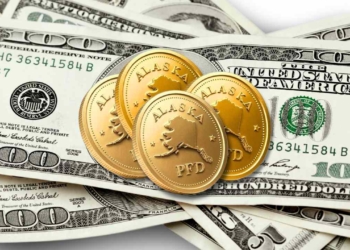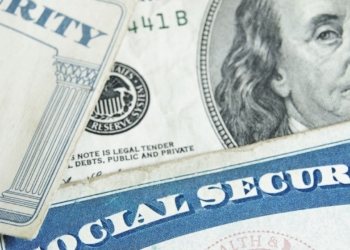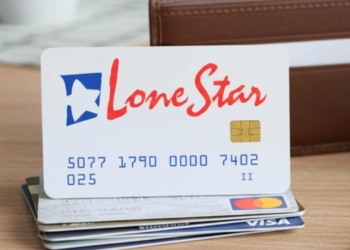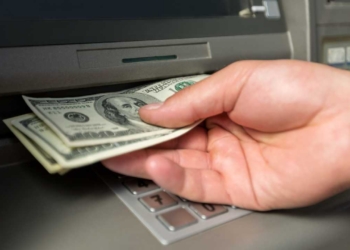How about this: it’s late November, and you open your mailbox to find an unexpected tax refund check—worth up to $800. It’s no lottery prize, but real money being returned to you from last year’s state taxes. In South Carolina, that vision is about to become reality through the Income Tax Surplus Rebate.
With a historic $1.8 billion budget surplus, the state is set to inject $1.2 billion directly back into local households, offering timely relief from inflation and year-end bills.
Excess tax collection in SC now goes back to residents
Having covered Southern fiscal policy for more than a decade, I’ve seen how these rebates stir both excitement and debate. “Returning hard-earned money is fiscal justice,” one official from the South Carolina Department of Revenue (SCDOR) told usa. This round, roughly 2.5 million taxpayers—about 70% of all filers—will benefit.
This isn’t the first time the state has issued such refunds. Back in 2022, South Carolina sent checks of up to $700 as part of a $942 million post-pandemic recovery effort. The program returned in 2024, and now, under Budget H.4025 passed in May, the rebate cap has been raised to $800, fueled by stronger-than-expected growth in manufacturing and tourism.
Who’s eligible for these tax refunds?
Governor Henry McMaster championed the measure, stating, “We trust the people, not the government, to spend their own money.” According to University of South Carolina economist Sarah Jenkins, each dollar returned could generate up to $1.50 in local economic activity.
Eligibility is straightforward: you must have been a resident—full-year, part-year, or nonresident with taxable state income—and filed your 2024 SC1040 tax return by April 15 (or extension deadline), with at least $100 in net state tax liability. The rebate applies to individual, joint, and head-of-household filers, though it excludes non-filers and those with certain outstanding state debts.
Rebate Calculation: 20% of 2024 State Tax Liability, Capped at $100–$800 per Return
| 2024 State Tax Paid | Calculation (20% of Liability) | Rebate Amount |
|---|---|---|
| $150 | 20% of $150 = $30 (but meets minimum cap) | $100 (Minimum) |
| $2,000 | 20% of $2,000 = $400 | $400 |
| $5,000 or more | 20% of $5,000+ = $1,000+ (but capped) | $800 (Maximum) |
The SC tax refunds full schedule
Payments will roll out from late November through December, generally in the order returns were filed. If you used direct deposit for your 2024 refund, you’ll see the rebate fastest—within two to three weeks. Everyone else will receive a paper check.
Be sure to update your address in MyDORWAY by November 15 if needed. Also note: if you owe state debts, your rebate may be reduced through the GEAR offset program.
Not everyone supports the initiative. Critics like Democratic Senator Marlon Kimpson call it a “short-term patch” that overlooks deeper inequalities, arguing it disproportionately benefits higher earners while leaving out low-income retirees. Supporters, including former Representative Gary Clary, counter that the rebate “rewards work and complements the flat 3.99% income tax rate under Bill 4216.”
South Carolina isn’t alone—states like Colorado and Georgia have issued similar payments this year. Analysts suggest the rebate could lift the state’s fourth-quarter GDP by 0.5%, especially helping retailers still recovering from Hurricane Helene.
To check your rebate status, visit dor.sc.gov or call 1-844-898-8542. And a word of caution: beware of scammers. The state will never charge a fee to process your refund.





